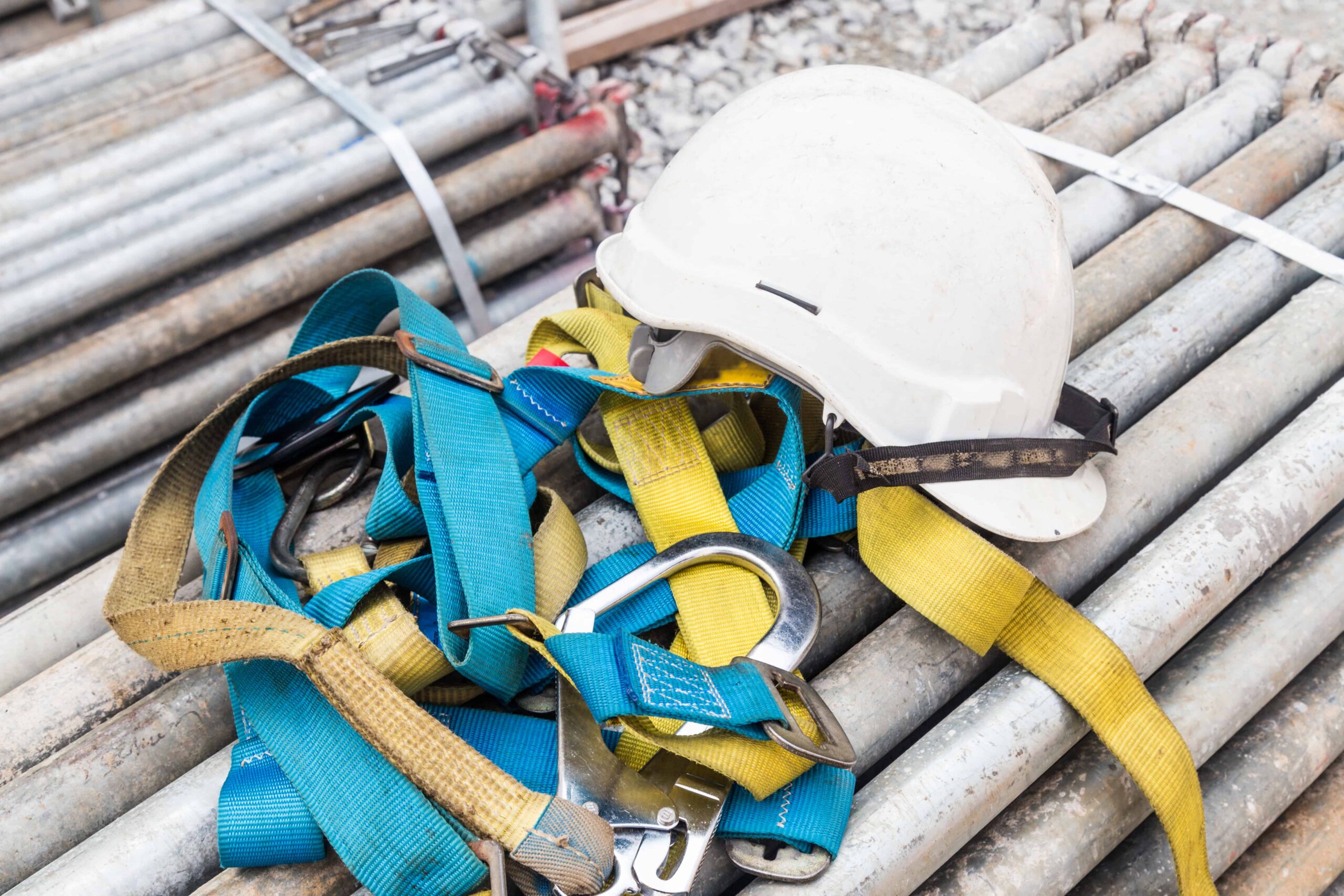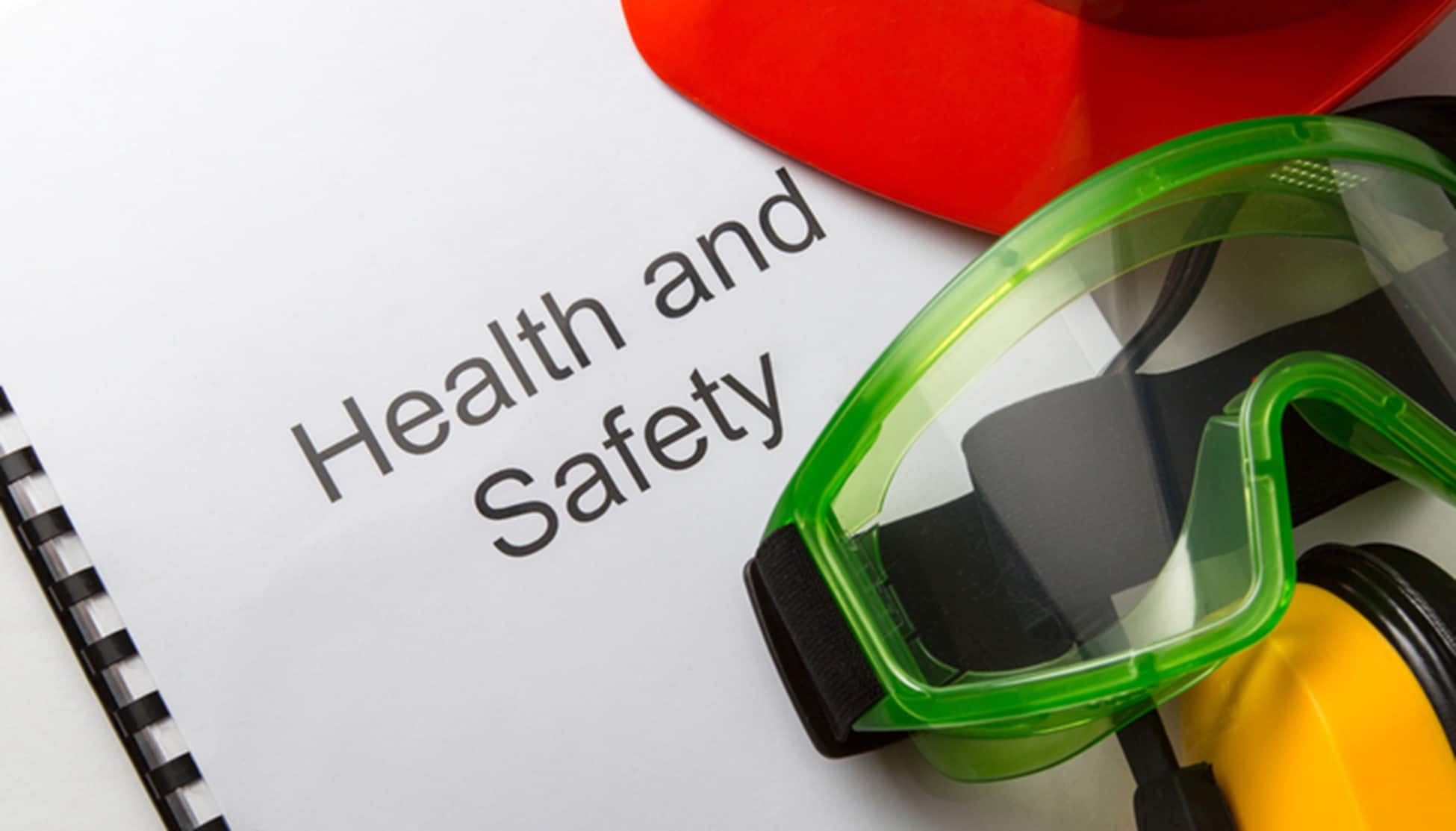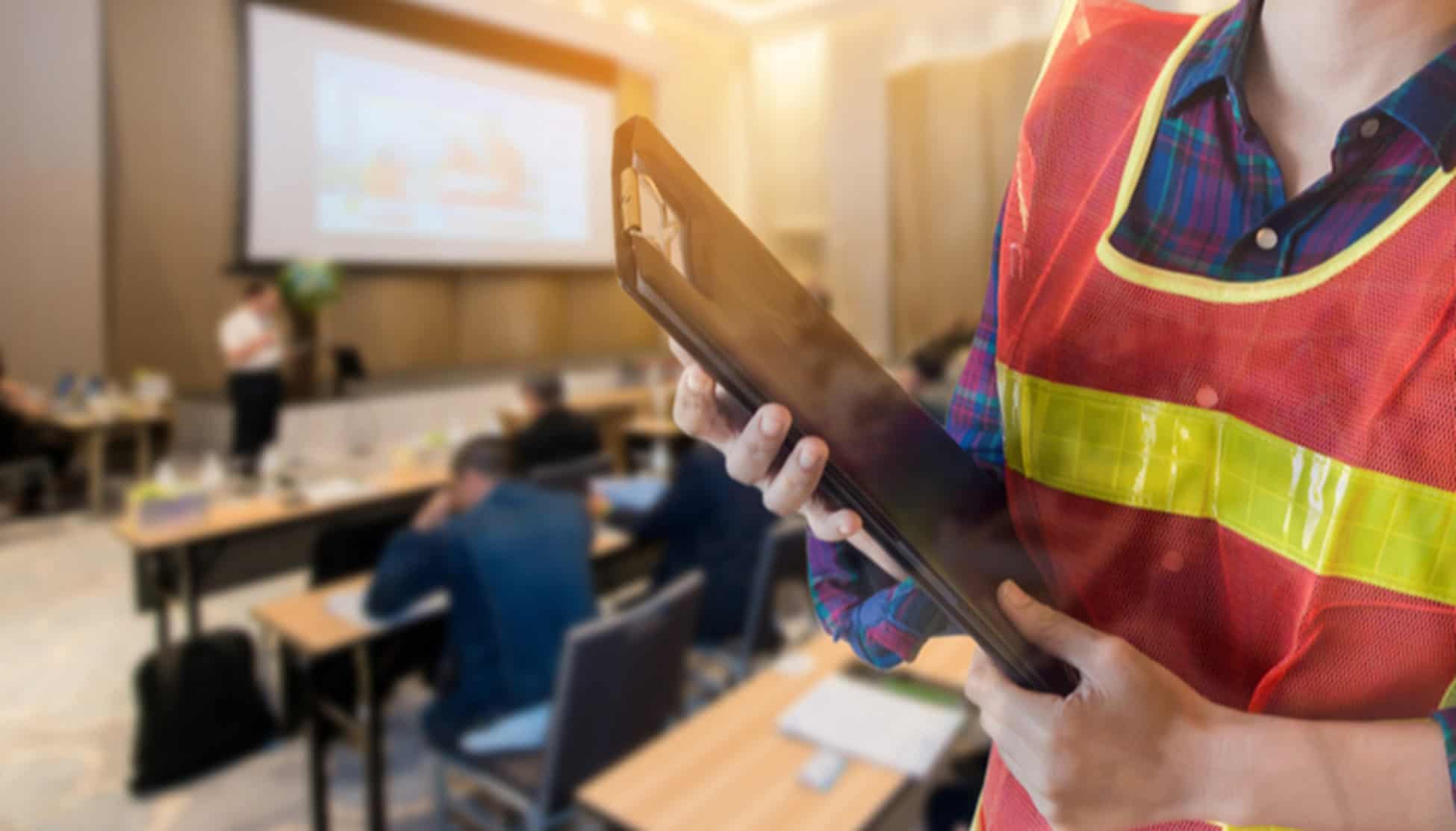
Whether your employees work in an office, at a customer’s location or on a factory floor, their safety is your top priority. One of the best ways to create a safe and healthy working environment is to build and maintain a workforce culture that reflects your values. That way, everyone can work together to prevent accidents and illnesses, while furthering the company’s mission with confidence and peace of mind.
Below are tips to help you connect the dots between employee safety and company culture and engage your workforce in shaping a winning work environment.
1. LOOK AT THE BIG PICTURE
Safety is a challenge for every company—risks are around every corner, from winter storms, to driver safety to tripping hazards. Fortunately, everyone can be part of the solution and share the responsibility for meeting safety goals. From the top-down, every person in your organization can participate in safety and wellness programs, practice safe behaviors, look out for coworkers and customers, and more, depending on your company’s unique risk profile.
This “we’re in this together” attitude is especially important to consider as you work on building your company culture. Prioritizing safety—and, essentially, putting measures in place to protect employees—demonstrates your commitment to health, wellness, and employee satisfaction. These are important values that most people look for in an employer, and, more specifically, a workplace culture. So, keep in mind that a strong safety culture contributes to more positive outcomes as well as an attractive employer value proposition. And both can help your business succeed.
2. START AT THE TOP
Among OSHA’s recommended practices for designing and administering company health programs is enlisting management leadership. They suggest that managers at all levels:
- Make safety and health a core organizational value
- Establish safety and health goals and objectives
- Set program expectations and responsibilities
- Provide adequate resources and support for the program
When top management, in particular, demonstrates that continuous improvement in safety and health matters to the company, safety becomes part of the company’s mission—even if it’s not expressly written in the mission statement.
3. PUT SAFETY MESSAGING FRONT AND CENTER
While executives and managers are sharing program news and helping employees understand their individual roles and responsibilities, employees also need to see the company’s safety commitment in front of them—as part of their daily workflows. Your company’s safety programs need to be visible in the environment. That means that safety communications, from posters hung around the workspace to email campaigns, should be designed to build awareness, reinforce key messages, and encourage engagement in safety initiatives. And it’s never a bad idea to insert some culture-motivating “what’s in it for me” messaging, so as to actively promote any safety program benefits, activities or contests.
4. ENABLE TWO-WAY COMMUNICATION
How do employees carry out their personal commitment to safety? How do they participate in health and safety initiatives? It’s their safety program—and it’s their culture. Provide workers with various ways to bring ideas and concerns to their managers or company safety leads. Maybe it makes sense to hold weekly team-based safety meetings or schedule a monthly safety webinar for the entire company. No matter what route you take, make it easy for employees to set personal goals, support team goals, report accidents or near-misses, and correct their behavior for the greater good, without fear of retaliation.
An insightful Business Insurance article highlights the value of engaging employees on an emotional level to prevent safety risks. By engaging their emotions, employees feel more invested in the business and its safety practices. They’ll have less “tunnel vision” where they only look at their role and will ask more questions that can help avoid safety issues. The article points out that, “Members of an engaged workforce are 50% less likely to have workplace injuries, according to research from Washington-based Gallup Inc.”
5. PROVIDE ONGOING TRAINING
Not only do trainings help hold everybody accountable for their safety roles, but they get employees together as a team to learn and practice new skills. Educational programs, even if they’re conducted online or remotely, are wonderful opportunities to build culture. They get participants out of the daily routine and can easily incorporate lunch, guest speakers, or other interesting components related to your specific safety and wellness program. And since you’re providing training on a regular basis, safety stays top of mind. What’s more, your workforce can look forward to “next time” they are able to engage with coworkers around safety topics.
In many states, a safety committee is required. The committee must be made up of managers and workers, must meet quarterly, and meeting minutes need to be taken and hung in an area where everyone can view them. For employers with over 15 employees, the New Hampshire Department of Labor, requires having a “working joint loss management committee composed of equal numbers of employer and employee representatives or more employee representatives.” This brings workers and managers together in a cooperative effort to promote workplace health and safety. They establish health and safety programs, identify necessary training for employees, and create accountability for safety in different parts of the business, to encourage a safer workplace for everyone.
For more tips, don’t miss Does Your Safety Program Earn You a Gold Medal?
Acadia Insurance is pleased to share this material with its customers. Please note, however, that nothing in this document should be construed as legal advice or the provision of professional consulting services. This material is for general informational purposes only, and while reasonable care has been utilized in compiling this information, no warranty or representation is made as to accuracy or completeness.









